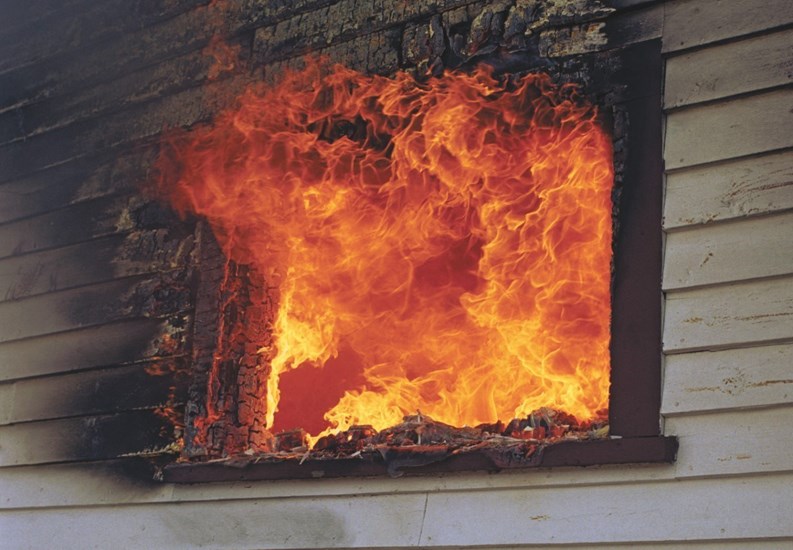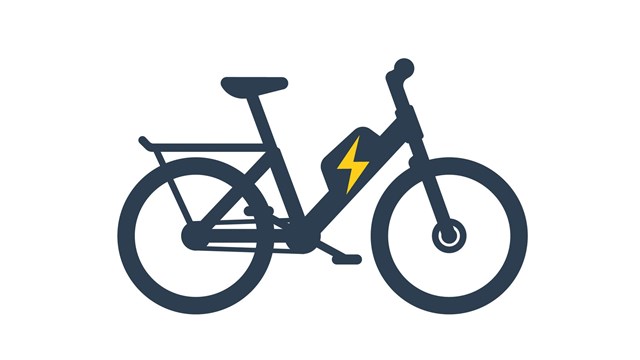As the days grow shorter and the temperature drops, we naturally begin spending more time indoors. We get caught up on housework, enjoy spending time cooking, sitting in front of a good fire, or perhaps just enjoying the flickering glow of scented candles on a blustery day. We sometimes forget these everyday activities can be dangerous, and we become careless.
Countless fires and millions of dollarsworth of property damage occur each year as a result of mishaps related to cooking, washing and drying clothes, lighting fires in the fireplace, and burning decorative candles.
Condominium unit owners and apartment dwellers face added risks. They live in close proximity to others engaging in these same activities. Many condo associations take steps to limit high-risk activity. They ban the use of gas grills and other items considered dangerous. But we all need our stoves and clothes dryers.
There are steps each association and unit owner can take to greatly reduce the probability of encountering problems operating these appliances. The following suggestions will help ensure a safe and happy winter season.
Preventing Kitchen Fires
Two out of three residential fires begin in the kitchen and most occur between the hours of 5 and 6 p.m. when dinner is being prepared. People between the ages of 19 and 49 most commonly start these fires. Family members extinguish the great majority of them. Half of the fires put out at home are done so incorrectly, resulting in greater property damage and injury. Taking the following basic precautionscan prevent most kitchen fires.
• Don't leave cooking unattended,and stay awake. Three-quarters of all cooking fires happen when the person preparing the food leaves the room! Always remain present when using cook top, microwave or oven. Forty-two percent of people who have died in cooking fires were asleep.
• Avoid wearing loose-fitting clothing while cooking.
• Turn pot handles inward, and keep lids handy in case needed.
• Smother grease fires: If a grease fire occurs, do not panic. Turn off the burner. Carefully cover the pan with the lid. Never pour water on a grease fire; it will cause it to flare. Remove a burning pan from the stove carefully. Protect skin and hair from flames.
• Turn off hood fans so fire does not spread to ducts.
• Keep stove tops and ovens clean.
• Keep flammable objects away from the stove. Dishtowels, potholders and curtains should be at least 3 ft. away from the stove.
• If the fire is not put out quickly…call the fire department immediately!
Dryer Fires
Each year in the United States, 24,000 dryer fires cause $96 million worth of property damage! Dryers start more household fires than any other appliance, according to the United States Consumer Product Safety Commission. Improper venting is often the cause, while dryer lint is generally the agent which fuels the fire. Typical lint screens only filter out 75% of lint.
You can help prevent dryer fires by taking some precautions:
• Clean the lint screen before and after each use.
• Vent dryers to the outside.
• Make sure hoses aren't clogged. Pull the dryer away from the wall and look underneath and behind it. Check outside for debris or bird's nests, which could block airflow.
• Remove screens covering outside air ducts.
• Use a short length of rigid ducting instead of long lengths of flexible hose.
• Avoid using plastic ducting as it is more likely to collapse and trap lint. Vent hoses should be made of aluminum, which is less flammable than plastic.
• Allow an opening of at least 120 sq. inches (775cm) for dryers located in closets or enclosed spaces. This will allow adequate airflow for proper circulation, and avoid lint build-up.
• Have a qualified appliance technician clean the inside of the dryer between the rotating drum and the cabinet periodically.
Apartments often contain dryers with long metal ducts with many bends and in-line fans and filters. These require special attention. The filters should be cleaned regularly.
Candle Fires
According to the National Fire Protection Association, candles each year cause over $170 million worth of property damage nationwide. Most candle fires occur when burning candles are left unattended. Candles should be placed on heat-resistant surfaces like ceramics, well away from children or pets. Burning candles should never be left unattended, or lit if the possibilityof sleep is imminent. Fires are not the only property damage incurred by burning candles. Many homeowners are unaware their candles can sometimes deposit soot throughout their home.
To reduce candle soot, look for candles that are firm to the touch. A soft candle indicates a higher concentration of oil, which can leave soot residue while burning. This is also true of overly-scented candles, as the fragrance is often contained in perfumed oil added to the wax.
Try to create a clean, even-burning flame. Candles must be kept out of drafts, as too much or too little air around the candle can cause soot. (This can happen in glass-enclosed candles if the wick burns down into the wax. Wicks must be kept trimmed to 1/4 inch.)
Fireplace and Chimney Safety
There's nothing New Englanders enjoy more each winter than a cozy fire. Following are some important maintenance and safety tips that will ensure the fire is contained to the firebox where it belongs.
• Have your fireplace inspected annually. Your chimney sweep can examine creosote build-up, the condition of bricks, mortar, tile and flue, as well as chimney caps and flashing and make necessary recommendations.
• Keep your masonry in good repair. Bricks or clay tiles can suffer wear and tear and break over time. This allows heat and fumes access to the home causingan increased fire hazard.
• Clean your fireplace after you have burned one cord of wood. A cord measures 4' tall by 4' wide and 8' long.
• Avoid burning soft woods. Hard woods leave less creosote deposit. Creosote is a blackish brown residue that sticks to chimney walls. It is highly combustible and should be removed regularly.
• Never burn paper in a fire-place. Ash can rise out of the fireplace and ignite the roof and surrounding vegetation.
• Never leave a fire unattended. Sparks can sometimes get through mesh screens and land on carpeting, hardwood floors and furniture.
Colder weather in New England brings its own special pleasures. Take time to enjoy this time of year, but be sure to do so in a safe manner.






Leave a Comment